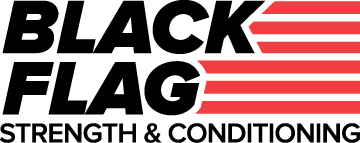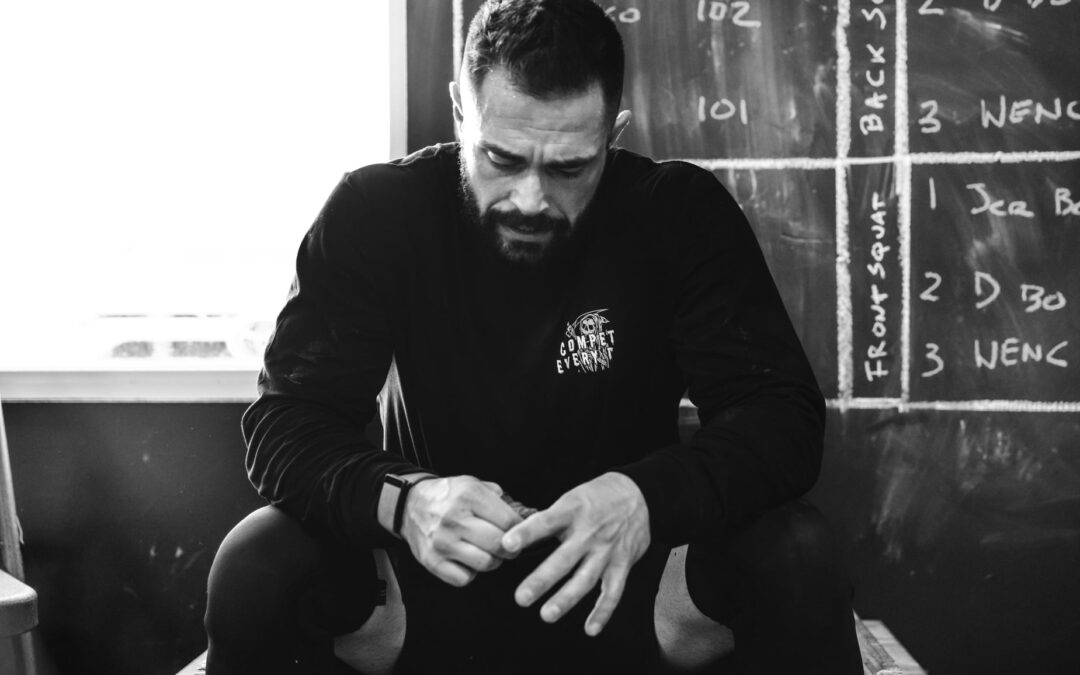The line in determining the difference between fitness and sport has gotten thinner and thinner over the years. It can create confusion as to where and how to start a new fitness routine for many. Contained within these murky waters are some fundamental principles that should be adhered to when starting any program whether for general health & fitness or sport.
There are many things to consider when starting a new fitness program, and it is common to look past some of the mistakes that you can make as you focus on how great you will feel and look down the road. However, we must fight the urge to do too much too soon. Listed below are two of the more egregious mistakes I often see when people prioritize health, wellness, fitness, and movement and how to avoid letting these two mistakes derail you on your
fitness journey.
Mistake 1 People Make:
One of the biggest mistakes I see is that people often rush the process and do not prioritize the quality of the movements. People will usually read, see and hear that to maximize their training, they need to focus on compound, multi-joint exercises. Although this is excellent advice for almost anyone looking to enhance the quality of life and overall fitness, many of these movements, like squats, deadlifts, and bench press, are very nuanced and need to be coached correctly not to create chronic compensatory injuries. The idea is that just because someone can back squat doesn’t necessarily mean they should. The body is incredible because it will figure out a way to do something or get into unsafe positions.
These dangerous positions can often compensate for poor movement to get a specific range of motion (depth on squat or loading the quads on deadlift). These compensations become even more dangerous when you add weight to them. These compensations, over time, can be a factor in the degenerative conditions in the knees, hips, shoulders, ankles, and back. Those looking to maximize their movement and limit the potential for injury should always work with a qualified coach or trainer to learn proper techniques, movement (loading) patterns, and other performance points.
Once you understand the appropriate movement (loading) patterns for a specific lift, then, and only then, should you start to focus on adding weights. Those looking to maximize their training should prioritize quality movement, then increased range on motion, then adding the load is a simple progression for most that will allow long-term, injury-free progress.
Mistake 2 People Make:
Another mistake often made when looking to start a training program is the lack of planning and preparation, leading to a lack of consistency with training. Fitness is a long game endeavor, and people should respect that if they want to retain a lifetime of quality strength, fitness, and function.
I often tell clients that if they walk into a fitness center or start working with a coach and their first interaction is something to the effect of a “30-day challenge” of some sort, to get the heck out. Marketing tactics based on short-term success are used to get as many clients as possible, but very few are not part of a larger plan based on a lifetime of strength, fitness, and function.
You will not be setting yourself up for moderate and long-term success by putting all of your focus on the first 30 days of your fitness journey. The lack of a long-term strategy can be detrimental in many ways, but the most glaring may be in the form of acute overuse injuries like sprains, pulls, or tears. Overuse injuries occur due to a muscle or group of muscles being used too much and too often.
A fundamental principle of strength, conditioning, and fitness development is the idea of progressive overload. Many people often fall into the trap of “more is better,” unfortunately, this is not true for most things, especially when overtraining muscles and movements. Although you might see some advantages to training muscles and movements more often early on (assuming you are managing volumes (sets & reps) and intensity (weights), you will still need time to recover to make adaptations to the training.
Along these same lines, people need to understand that when they lift weights, they create micro-trauma (tears) within the strained muscle fibers (the believed cause of muscle soreness). The idea simply being that we need to create some stress, allow time to recover from that stress, and then gradually increase the amount of (longer distance, faster, more weight, etc.) is the key to making consistent, injury-free progress. If there is no plan at the onset, it will be challenging to stay consistent over time.
If you are not sure where to start, I would strongly suggest finding a qualified trainer or coach to work worth to create a plan. You could also consider something that offers small group instruction like CrossFit, Spin, or other small group classes, as these settings produce a consistent structure for you, taking the guesswork out. Just make sure that there is a plan to the program design and that you get to work with a coach or trainer before getting started.
Well, there you have it, avoiding these two mistakes when starting or restarting your journey to better health and wellness is the key to living a long, strong, and fit life. In simplest terms, you can find the foundation of fitness in these two fundamental vital principles – MOVE WELL & MOVE OFTEN!
Yours In Fitness,
“Take care of your body. It’s the only place you have to live.”
CEO/Owner – Black Flag Athletics

